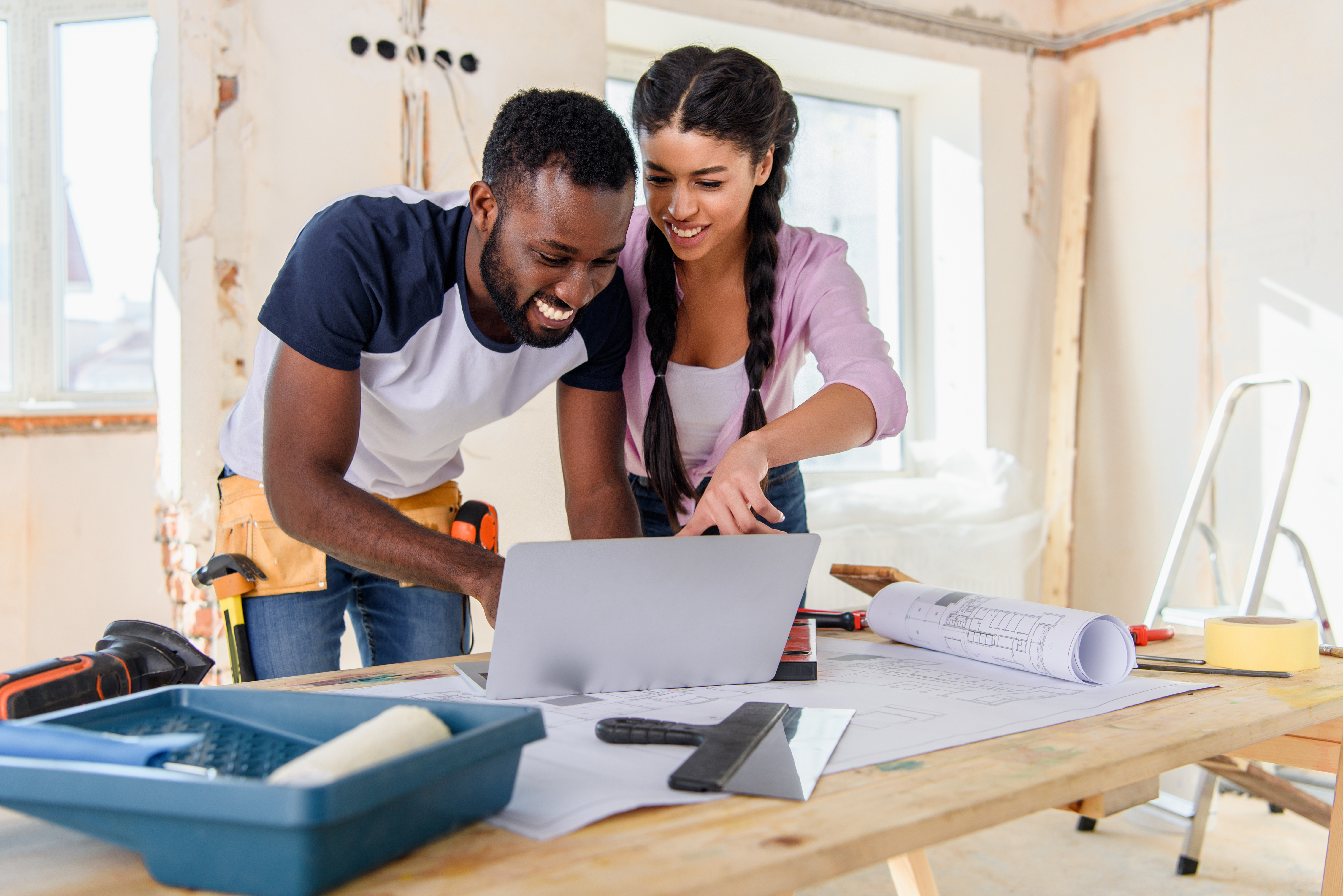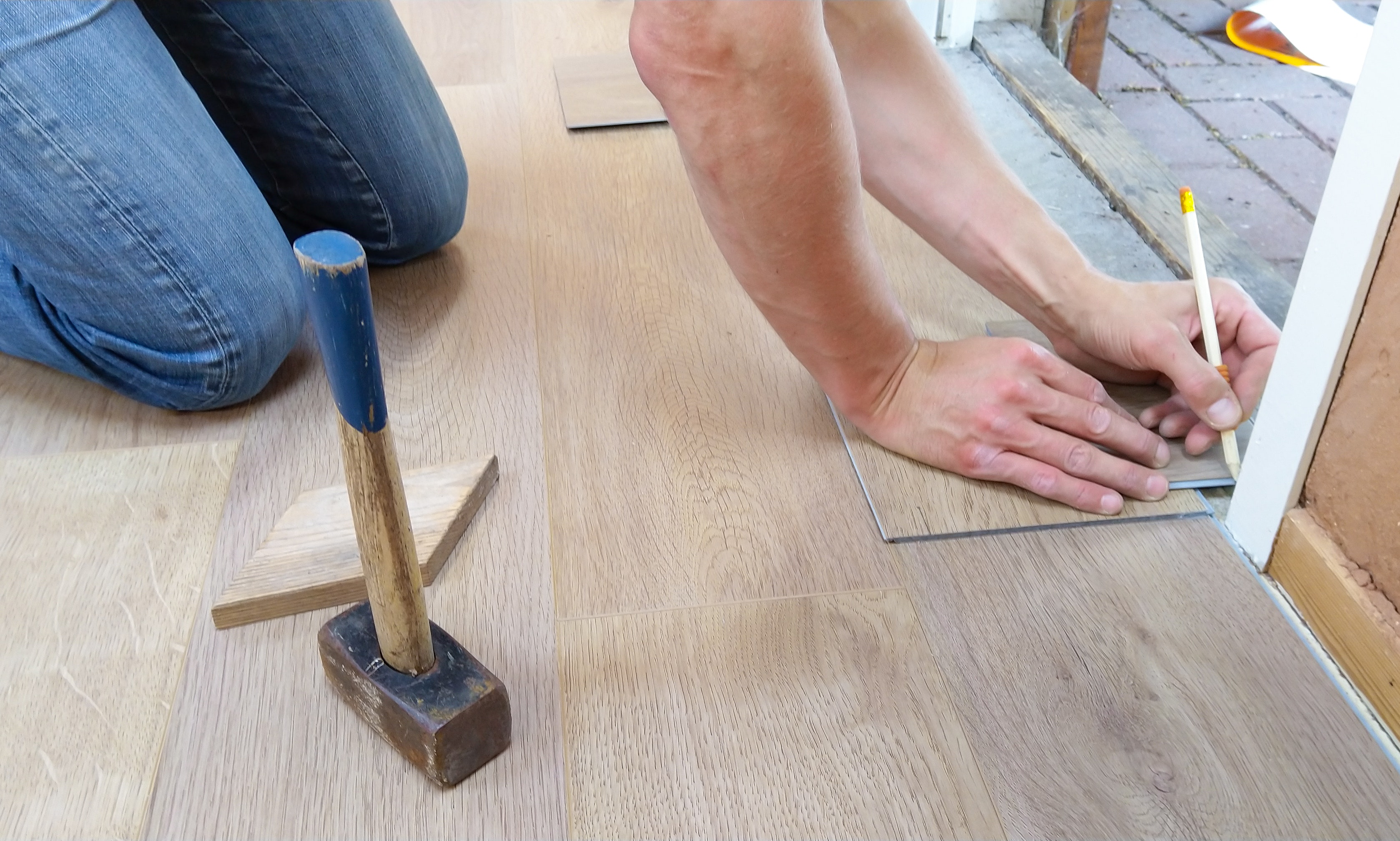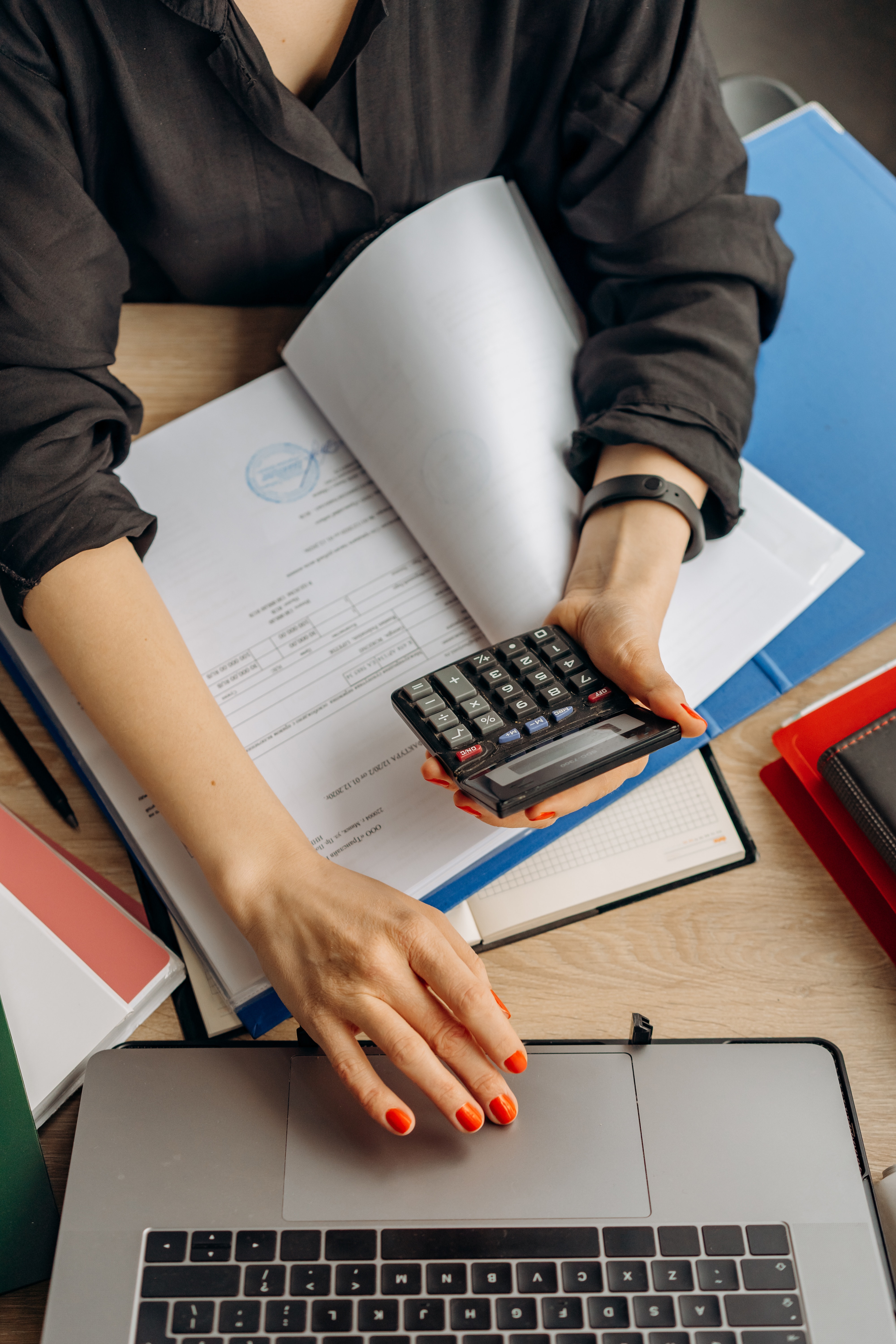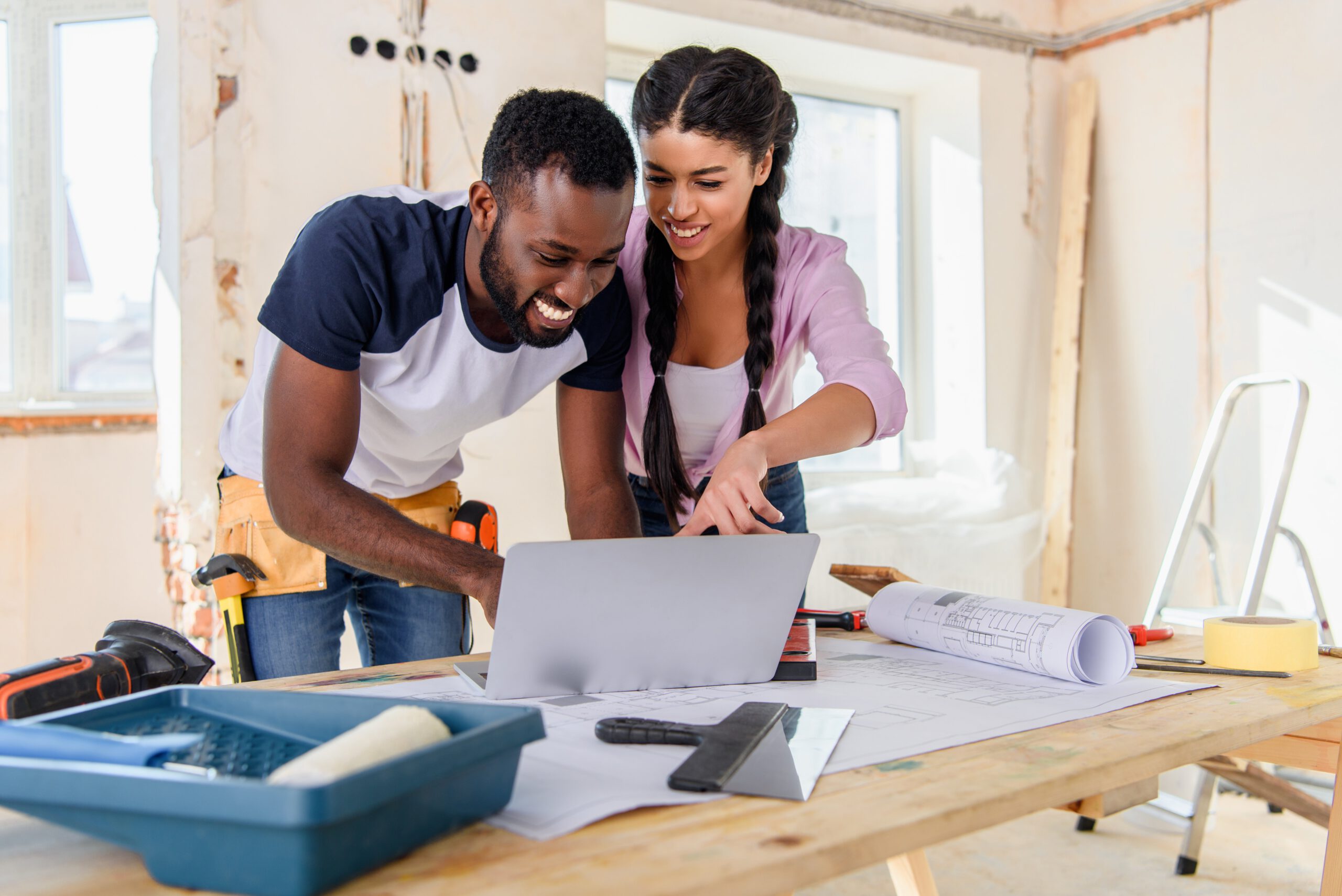
Real estate investing is all about the numbers. Before jumping into a project, it’s important to be sure that the numbers make sense and there is an opportunity for a strong return on investment. When researching a desired investment property, real estate investors need to look at a variety of numbers and must be able to calculate them correctly.
Since numbers are so crucial to investing success, which ones should investors pay the most attention to? One of the best numbers to know in real estate investing for a fix and flip investor is the after repair value of a property commonly referred to as ARV.
In this article we’ll take a dive into what ARV is, why it matters and how investors can calculate it to help them make smart investments.
What is ARV in Real Estate?
The after repair value or ARV is what a home is worth after all of the renovations have been completed. ARV is most commonly used by real estate investors who flip houses and are looking to buy a fixer upper property at a discounted price. They will want to calculate the future value of the subject property and estimate profits before making an offer. Since the majority of homes that are flipped are considered to be distressed property, the current property value is often times not an accurate enough to determine whether or not the project will be a success.
ARV can also be used by lenders looking to find the financing costs or the maximum loan amount that they will lend on a property or other real estate professionals (realtors, appraisers) researching and evaluating properties in their local market.
Calculating After Repair Value
Calculating the after repair value of an investment property can be done using a two-step formula. First, investors will need to know the as is purchase price of the property (current market value) and secondly, know the estimated repair costs they plan to put into the project.
Repair costs can be anything from new flooring, appliances, and cabinets all the way to an entire garage addition. Different items have greater repair value and will boost the subject property’s current value higher. Correctly budgeting for materials is critical to make sure that the repair value is accurate and renovation costs won’t eat away at the overall profits.
Once those two numbers are calculated and confirmed, they will both need to be added together and the answer is the after repair value of the subject property.
Below is a basic example:
$100,000 purchase price (current market value) + $50,000 repairs = $150,000 ARV.
To confirm the accuracy of these numbers, find comparable properties on the multiple listing service (MLS), listing websites (Zillow, Realtor.com) or contact a local real estate agent who can provide real estate comps for homes in the same neighborhood or area that may have the same potential value.
Investors should take a look at a few different homes in the area and find properties that have similar characteristics to their potential property and homes that were recently sold.
Below are five examples of what to look for in comparable properties:
1. Square footage
2. Floor plan
3. Neighborhood
4. Estimated value
5. Recently sold price

Things to Keep in Mind When Using ARV as a Real Estate Investor
One thing that investors need to keep in mind with after repair value, is that it’s just an estimate. The real estate market can change and by the time a project is completed, a home could have a higher or even potentially lower repair value than when the project initially started. There are risks involved with a real estate investment, but accurately estimating costs and future values greatly diminishes that risk.
Having a strong understanding of the housing market and accurately knowing real estate comps can help to eliminate some of the risk from real estate investing and better equip investors to make smart, accurate investment decisions.

The 70% ARV Real Estate Rule
The 70% rule is often used to help investors decide what the maximum purchase target offer should be on a property. To use the 70% rule, simply multiply the property’s ARV by .7 and that will provide an acceptable price range an investor should look to make an offer on a property.
Example:
$200,000 ARV x .7 = $140,000 maximum purchase price
Based on this example, if the property’s appraised value is $200,000 after repairs, then the maximum price the investor should offer on the purchase is $140,000.
Wrap Up
In this article, we covered a lot of why ARV is so important and how it can be calculated. We also discussed the 70% rule and how it can be helpful in determining the average price that an investor should look to pay on any given property.
As we stated at the beginning of the article, real estate investing is a numbers game. Knowing the after repair value formula can help investors save a few thousand dollars on their next project and help them make smart choices when pursuing any future deals.
About Easy Street Capital
Easy Street Capital is a relationship-based investment real estate lender with loan programs for every borrower. Regardless of experience or credit we are able to finance your next investment property. Whether you are buying a property to fix up, building new construction, or generating cash flow from rental units, Easy Street Capital has the solution.
As a fully discretionary lender we have the ability to customize a loan specifically to meet your individual needs. We look forward to assisting you with your next project.
Contact us today to get started on your next real estate project!
Want More Insights?
Feel free to subscribe to our newsletter by completing the form below to stay up to date on all things real estate!

Stay in the Loop
Subscribe to our newsletter

